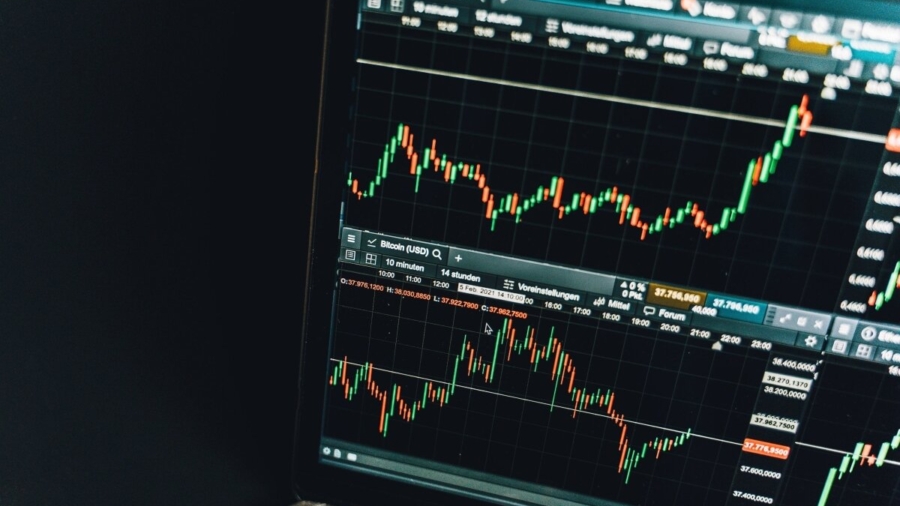Option buying is the process of purchasing an option contract, which gives the holder the right, but not the obligation, to buy or sell an underlying asset at a specific price (strike price) on or before a specific date (expiration date). This is the most basic form of options trading and is often used by traders to speculate on the future price movements of an underlying asset, such as a stock, commodity, or currency.
When an trader buys an option, they pay a premium for the right to buy or sell the underlying asset at a specific price and date. The premium is determined by various factors such as the price of the underlying asset, the strike price, the expiration date, and the implied volatility of the underlying asset.
There are two types of options that trader can buy: Call options and Put options. A Call option gives the holder the right to buy an underlying asset at a specific price (strike price) on or before a specific date (expiration date). This is used by traders who expect the price of the underlying asset to increase in the future. A Put option, on the other hand, gives the holder the right to sell an underlying asset at a specific price (strike price) on or before a specific date (expiration date). This is used as who expect the price of the underlying asset to decrease in the future.
Option buying can be a useful tool for managing risk and potentially earning a profit. For example, a trader can use options to hedge against a potential loss in their portfolio by buying a put option. Additionally, options can be used to generate income by selling options, a strategy known as writing options.
It’s worth noting that option buying is a high-risk and speculative activity, and it’s essential to conduct thorough research and use other indicators and analysis to make informed trading decisions. It’s also important to understand the risks and rewards associated with options trading and to have a proper understanding of the underlying asset and the options market.
Before buying an option, one must consider their investment goals, risk tolerance, and the time horizon for their investment. Additionally, it’s important to understand the expiration date of the option and how it may affect the option’s value. It’s also essential to monitor the underlying asset and track any changes in the market conditions that may affect the price of the option.
